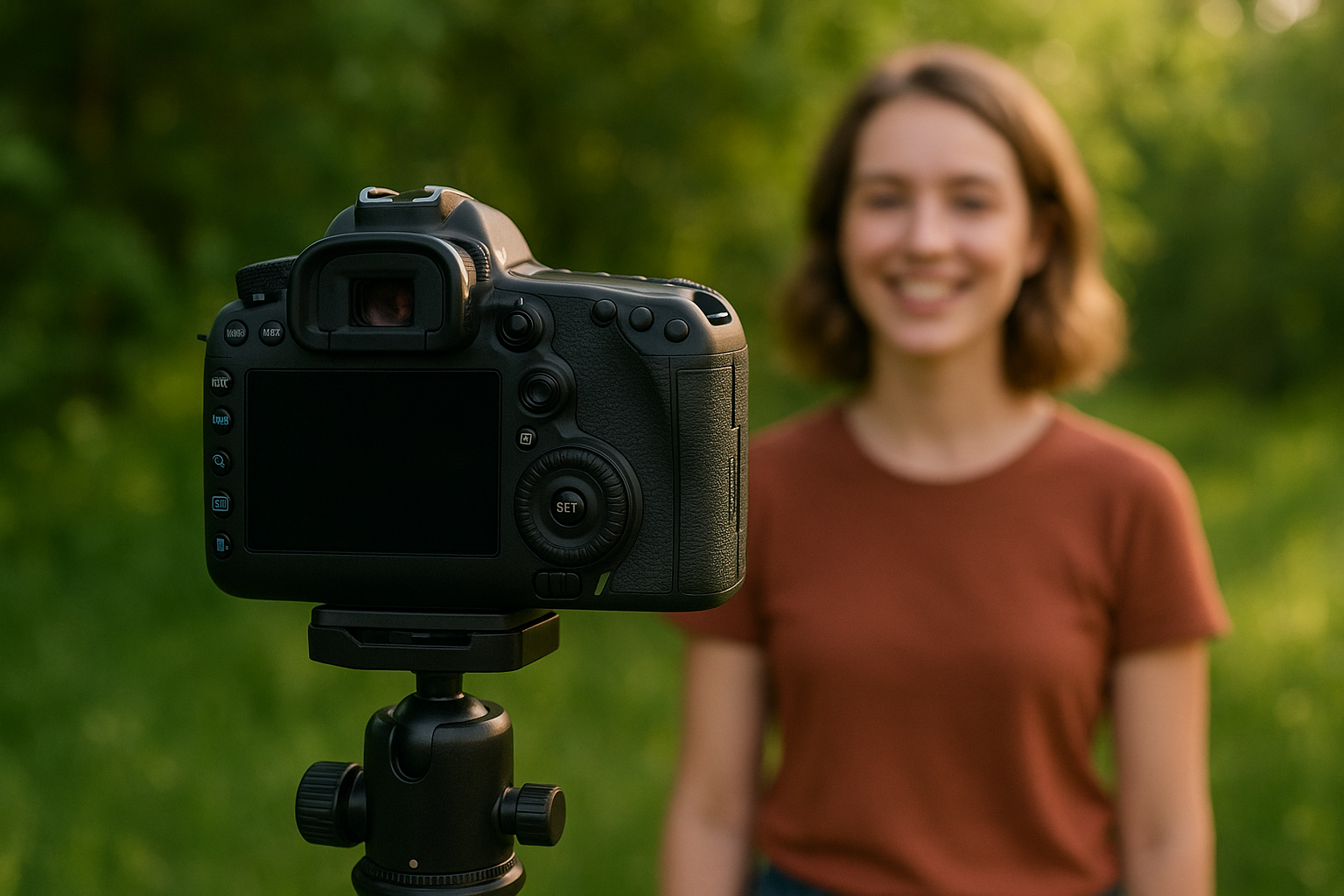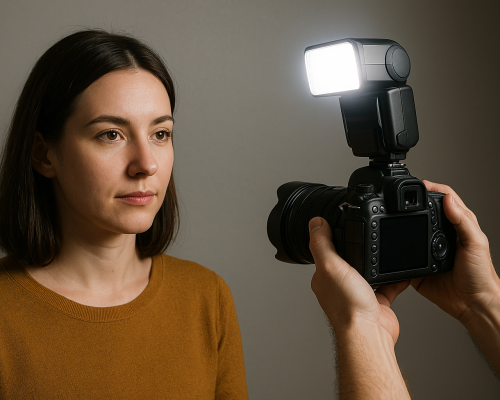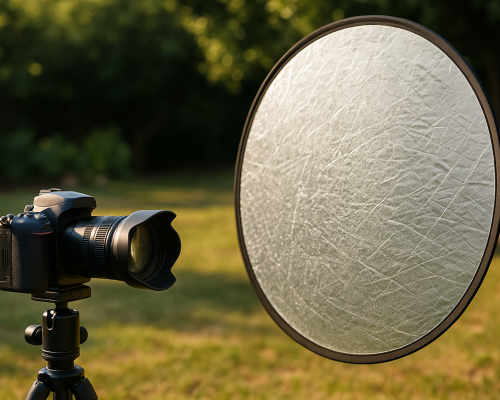When you’re just starting out in photography, one of the biggest questions is: “How do I build a portfolio if I don’t have any clients or experience yet?” The answer is: you create your own opportunities. Your portfolio isn’t just a gallery of nice photos — it’s your voice, your personal brand, your proof of work. And yes, even with zero clients and basic equipment, you can build a powerful portfolio that opens doors. Let’s walk through it — from zero to something that genuinely represents your potential.
What Is a Photography Portfolio — Really?
Before we dive into how to build one, it’s important to understand what a photography portfolio truly is. It’s not just a folder with your “best photos.” A real portfolio: tells a story about your style and vision, shows consistency, not just quality, demonstrates your technical and creative range, and targets the type of work you want to be hired for. So building a portfolio isn’t just about showing what you’ve done — it’s also about showing what you want to do.
Start With What You Have (Even If It’s Just a Phone)
Don’t wait to have a “real” camera or a client to start building. Your creativity matters more than your gear. If you only have a smartphone, make that your tool. The key is to shoot intentionally. Use your surroundings: friends, your neighborhood, nature, local markets, small businesses. Think like a pro: how would this look on a real website or magazine? Focus on light, composition, emotion — the basics that make any photo great. Example: One of the best portfolios I saw was from a photographer who shot all her portraits using window light in her living room. No studio, no client — just great vision.
Define Your Style (Even If It’s Still Evolving)
You don’t need to have a fully-formed photographic identity on day one. But it’s helpful to ask yourself: What subjects do I love to shoot? (People, food, landscapes, products?) Do I prefer natural light or artificial setups? Do I want my images to feel soft, cinematic, bold, raw? Your portfolio should reflect your personality. Even if you explore different areas, keep some visual cohesion — through editing style, color palettes, or composition. Pro tip: Create a moodboard with references you admire. Use it as inspiration, not imitation.
Create Personal Projects
If you don’t have clients yet, be your own client. One of the most powerful ways to build a strong portfolio from scratch is through self-assigned projects. Ideas you can start today: “Faces of My Street” – portraits of people in your neighborhood. “One Object, Ten Perspectives” – study one thing from multiple angles and lights. “Breakfast Series” – document your meals with editorial-style composition. “City at 6 AM” – explore your town when it’s still waking up. Give your project a name, a goal, and a timeline. That structure helps you stay consistent and creates a story arc — not just random photos.
Practice in Real-Life Scenarios (Even If Unpaid)
You don’t need to charge people to start shooting real situations. Offer your time to: friends and family (portraits, events, pets), local businesses (cafés, stores, barbershops), community events (fairs, meetups, workshops), aspiring models or makeup artists (they also need portfolio work). These are mutual collaborations. You get real-world practice and usable portfolio content. But always treat these sessions like paid gigs — be punctual, communicate clearly, and deliver quality. Important: Ask for permission to use the photos publicly — especially for portraits or commercial-style images.
Show Variety — But Stay Focused
Your portfolio should reflect your versatility within the type of photography you want to be known for. If you want to do portrait photography: show headshots, full-body shots, candid moments, environmental portraits. Use different lighting conditions: golden hour, shade, indoor window light. If you’re into product photography: show items in context (lifestyle) and on plain backgrounds (catalog style). Include various textures, materials, colors. Variety shows you’re resourceful. But avoid mixing too many unrelated styles (e.g., weddings + real estate + food + concerts). That waters down your identity.
Edit Ruthlessly — Less Is More
The biggest beginner mistake? Including too many average photos. Your portfolio should be your absolute strongest work only. Ten great images beat thirty “okay” ones. Here’s how to curate like a pro: choose images that tell a complete story, avoid repetition (same model, pose, or location), make sure every image adds something unique, prioritize emotional impact and technical sharpness. Ask for feedback from honest friends or other photographers. Sometimes you’re too emotionally attached to certain shots to judge clearly.
Keep the Presentation Simple
It doesn’t matter how great your photos are if your presentation is confusing or messy. Whether you’re building a website, PDF portfolio, or social media grid: keep the layout clean, distraction-free. Use consistent sizing, fonts, and margins. Avoid over-designed elements unless you’re also a designer. Tip: Start with platforms like Adobe Portfolio, Format, Squarespace, or even a high-quality Instagram layout. The goal is: let the work speak.
Don’t Forget the Story Behind the Images
Photographs carry more weight when the viewer understands the context or intent. In your portfolio (especially online), add brief captions or project descriptions: What was the goal of this shoot? What challenges did you overcome? What story are you telling? It helps the viewer connect not just with your image, but with you as the creator. It turns passive viewers into interested clients.
Update Regularly (And Let Go of Old Work)
A common trap: building a portfolio once, then forgetting about it. Your skills evolve — your portfolio should too. Review and update your work every 3–6 months. Remove older images that no longer reflect your level. Replace weaker photos with better, recent ones. Permission to delete: Just because something got “likes” on Instagram doesn’t mean it deserves a permanent spot in your portfolio. Be bold. Curate with intention.
Include a Clear Call to Action
If your portfolio’s goal is to attract clients, make it easy for people to contact you. Always include: your name and location, email or booking link, social media (if relevant), a short bio or “about” section in your own voice. Pro tip: A short video introducing yourself can instantly build connection and trust.
What If You Want to Explore Multiple Styles?
Let’s say you like both portrait and food photography. That’s fine! Just be smart about how you organize it. Option 1: Create separate sections or categories on your site. Option 2: Build two versions of your portfolio depending on who you’re pitching to. Option 3: Use social media to test both — see what resonates. What matters is that each style looks intentional and high quality. If your passion shines through, it works.
Build for the Clients You Want — Not Just the Ones You Get
Early on, you might be asked to shoot things you don’t love — like corporate headshots or birthday parties. It’s okay to do them for experience, but don’t flood your portfolio with work you don’t want to repeat. Your portfolio should attract the type of work you want more of. So if you love creative portraiture, put that front and center. Let your dream clients see themselves in your work.
Build Confidence Alongside the Portfolio
A great portfolio isn’t just a tool — it’s a confidence booster. Every time you look at it, you’re reminded of what you’ve built, what you’ve learned, and how far you’ve come. That self-belief shows up in your emails, your meetings, your pricing, your negotiations. And eventually, in the way you handle professional shoots.
Print Your Work — Seriously
In a digital world, printing your photos might seem outdated — but it’s one of the best ways to truly evaluate your portfolio. Seeing your work on a screen is not the same as holding it in your hands or hanging it on a wall. Printing forces you to: pay attention to small details, like sharpness and color consistency; choose only your best compositions; and think about layout, white space, and framing. Start small — print 4×6 or 5×7 versions and pin them to a corkboard. Rearrange them. Remove the weak ones. This analog editing process helps sharpen your eye in ways a computer can’t. If you ever plan to present a physical portfolio to clients or galleries, this practice gives you a massive head start.
Study Other Portfolios (But Don’t Copy)
One of the fastest ways to grow is to analyze other photographers’ portfolios — especially professionals in your niche. Instead of just admiring the photos, ask yourself: What’s the flow of their images? What comes first, and why? How do they describe their projects? What feeling do you get from their portfolio? What’s their unique voice or visual language? Use those observations to refine your own decisions. But never copy — your power is in authentic expression. Your portfolio shouldn’t look like everyone else’s. It should look like you.
Final Thoughts: Your Portfolio Is Never “Finished”
That’s the beauty of it. Your portfolio is a living, evolving document. It grows with you. The more you shoot, the more you learn, the more your work reflects your artistic identity. So start with what you have. Don’t overthink. Choose 10 images. Build a page. Name a project. Print a photo. Show it to someone. Pitch a collaboration. Whatever you do, just begin. Because every great photographer — the ones you admire — all started with zero. And one photo at a time, they built something powerful. Now it’s your turn.









